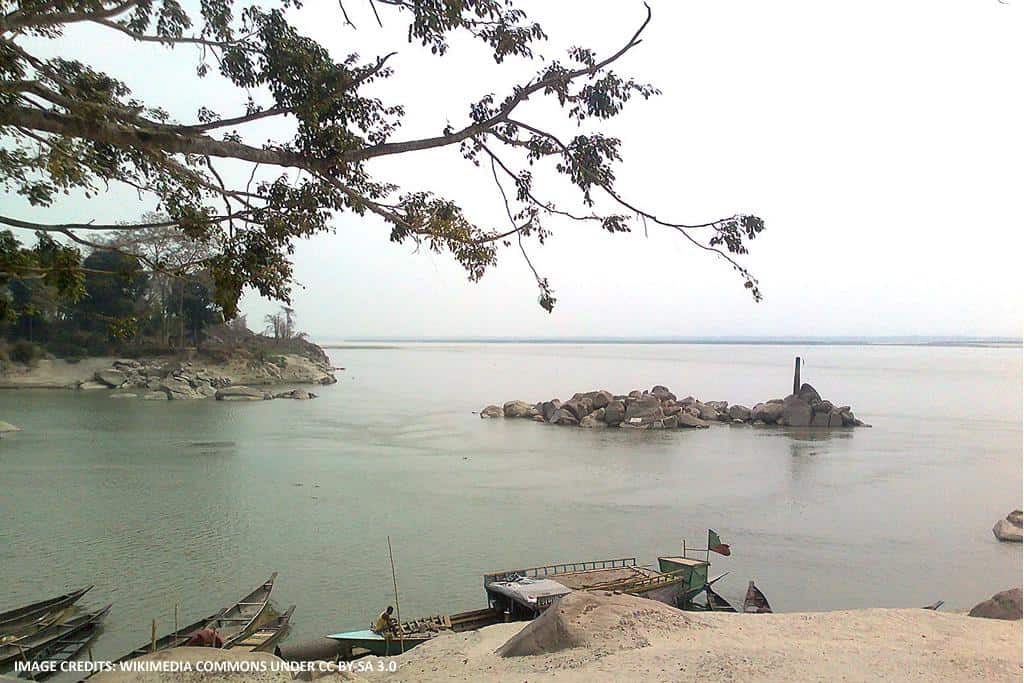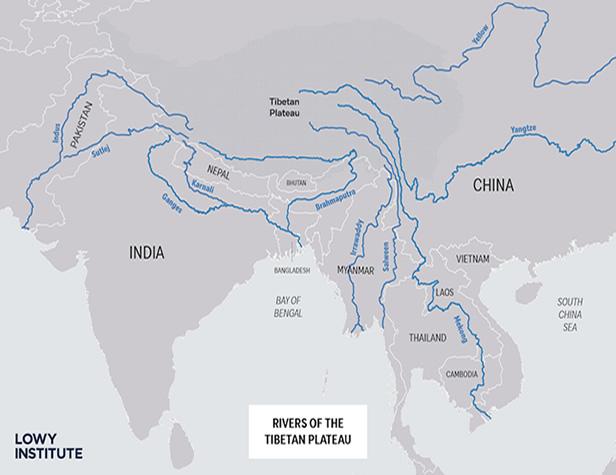
China plans to arm-twist India over water sources
Last updated on March 1st, 2023 at 07:15 am
With China owning up the fresh river water access in Tibet, it has played the most important card in the deck. By controlling access to where India’s biggest reserve for fresh water lies, it has got the country by its throat. It is an invisible control but a real one. Technically China is controlling the seven most important rivers for India and more than 7 countries around Tibet. These include Indus, Ganges, Brahmaputra, Irrawaddy, Salween, Yangtze and Mekong.
According to official statistics, an estimated 718 billion cubic meters of surface water flows out of the Tibetan plateau and the Chinese-administered regions of Xinjiang and Inner Mongolia to neighbouring countries each year.
The prominent eight or more rivers also cater to the watering needs of countries like Pakistan, India, Bangladesh, Myanmar, Laos and Vietnam.
China has never been transparent in its communication with India. Even now, there is no clear indication from the administration over their retreat from the Line of Actual Control (LAC). Political analysts have reasons to believe that China could use its control over the rivers to create a strong hold on India’s economy.
There have been several indicators for this. For one, it has been systematically making use of the water to up its hydropower projects. It has promised the same to Pakistan when it has plans to build supporting dams. The water resource remains the same.
China has already started claiming control over the Brahmaputra river. It has started building a dam which could also mean that they have access to the flow of the river. There are already indications of altering the route of the water flow even before it enters India through Arunachal Pradesh.
In May, after a stand-off between the forces India and China, the latter blocked the flow of the Galwan River, a tributary of the Indus which originates in Chinese-controlled Aksai Chin area. It conveniently altered the natural course of the river to prevent it from entering India.

It has done it now and it will not flinch at doing it again. Additionally, China is also known to have already blocked the flow of the Xiabuqu river, one of Brahmaputra’s Tibetan tributaries, for the Lalho hydel project.
China does not share very good business or manufacturing practices. Environmental protection has never been high on its agenda. There also lies the danger of the country wishing to leave most of the rivers polluted, rendering them unfit for consumption by the vast Indian population. As an agri-nation, India depends heavily on its natural water resources. An instance of such misuse of natural resources has happened in 2008 itself. Last but not the least; China has access to valuable data that can help manage floods and fluctuations downstream. India and China have signed two pacts since 2008 on data sharing for the Sutlej and Brahmaputra in order to better manage the shared watercourses. While these agreements have had a positive effect on water management, and helped pre-empt and control flooding, this dependence can also be exploited by withholding hydrological data accessible only to the upper riparian state.
Also Read:- Japan continues to experience a surge in Covid-19 cases as Tokyo reports a record high this week




